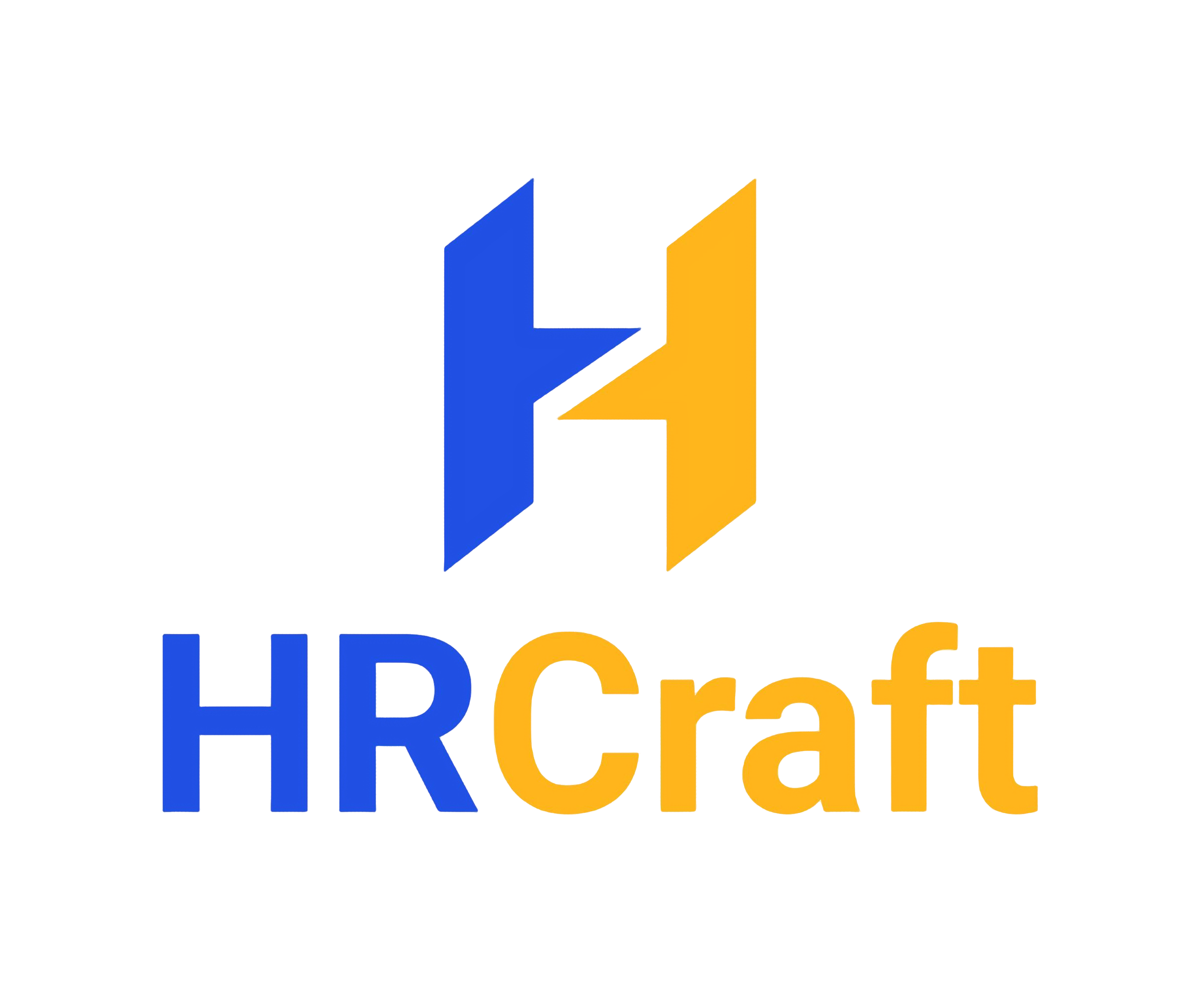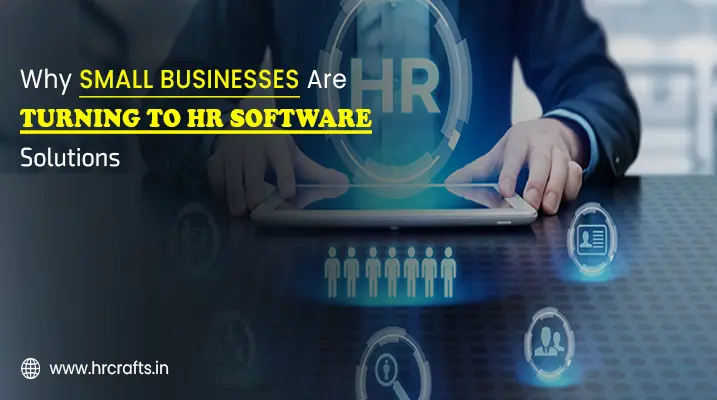How to Successfully Implement HR software in Your Organization
In today's dynamic business landscape, human resource software plays a
pivotal role in streamlining HR functions, automating processes, and
enhancing workforce efficiency.
Organizations that leverage robust HR Software
solutions can significantly
improve operational efficiency, enhance employee experience, and ensure
compliance with regulatory standards. However, implementing an employee
management system successfully requires a strategic approach, detailed
planning, and seamless execution.
Define Your HR Software Requirements
Employee Database Management: Ensure the system efficiently stores and
manages employee information
- Employee Database Management: Ensure the system efficiently stores and manages employee information.
- Leave Management System: Look for features that streamline leave applications, approvals, and tracking.
- Employee Payroll Management System: Ensure it automates payroll processing, tax calculations, and compliance reporting.
- Integration with Existing Tools: Confirm compatibility with your current systems, such as accounting and project management software.
- User-Friendliness: Opt for an intuitive interface that minimizes the learning curve for HR teams and employees.
Choose the Right HR Software Vendor
Selecting a reliable HR software vendor is crucial for long-term success.
Consider factors such as:
- Industry Reputation: Research customer reviews, testimonials, and case studies.
- Customization Capabilities: Ensure the software aligns with your business processes and can be tailored to your needs.
- Security & Compliance: Verify that the software adheres to data security regulations and industry standards.
- Customer Support: Opt for vendors that offer comprehensive training and ongoing technical support.
Plan a Structured Implementation Roadmap
A well-defined roadmap ensures smooth software deployment. Key steps
include:
.
- Stakeholder Involvement: Engage HR managers, IT teams, and employees in the decision-making process.
- Goal Setting: Define clear objectives and success metrics for implementation.
- Pilot Testing: Deploy a trial phase to identify potential issues before a full-scale rollout.
- Training Sessions: Conduct comprehensive training programs for HR staff and employees.
- Data Migration: Ensure a seamless transition of existing HR data to the new system.
- Feedback & Iteration: Collect feedback and fine-tune the software to enhance usability and functionality.
Ensure Smooth Employee Adoption
Encouraging employees to embrace the new HR software is critical for its
success. Strategies for improving adoption rates include:
- Effective Communication: Clearly explain the benefits of the new system to employees.
- User-Friendly Interface: Opt for intuitive software that requires minimal training.
- Employee Training & Support: Offer training modules, webinars, and user guides.
- Incentives for Usage: Encourage employees to use the system by integrating recognition and reward programs.
Integrate HR Software with Other Business Systems
To maximize efficiency, integrate the human resource software with other
critical business applications, including:
- Payroll Systems: Ensure seamless integration with an employee payroll management system for automated salary processing.
- Time Tracking Tools: Connect with attendance management systems to improve workforce tracking
.
- Recruitment Platforms: Integrate with applicant tracking systems for streamlined hiring processes.
- Performance Management Solutions: Sync with performance tracking tools to enhance employee evaluations.
Monitor Performance and Optimize Usage
Once the employee management system is live, continuous monitoring is
essential for improvement. Steps include:
- Tracking Key Performance Indicators (KPIs): Assess software efficiency through metrics like processing time, error rates, and user engagement.
- Regular System Audits: Conduct periodic evaluations to identify improvement areas.
- Software Updates: Ensure the system remains up-to-date with the latest features and security patches.
- Employee Feedback Surveys: Collect insights from users to refine system functionality.
Ensure Compliance and Data Security
Adhering to data protection laws and ensuring system security are paramount.
Best practices include:
- Implementing Role-Based Access Controls (RBAC): Restrict access to sensitive data based on user roles.
- Data Encryption: Use encryption protocols to safeguard
employee information.
- Compliance with Labor Laws: Ensure the HR software
aligns with local labor regulations and tax policies.
- Regular Security Audits: Conduct vulnerability
assessments to protect against cyber threats.
Leverage Advanced HR Features for Business Growth
Modern HR software solutions offer advanced features that contribute to
business expansion, including:
- AI-Powered Analytics: Leverage predictive analytics for
workforce planning.
- Self-Service Portals: Empower employees to manage their
information, reducing HR workload.
- Mobile Accessibility: Enable remote access for a
flexible work environment.
- Automated Workflows: Minimize manual HR tasks through
automation.
Conclusion
Successful implementation of HR software in your organization can
revolutionize HR operations, enhance employee engagement, and drive overall
efficiency.
By carefully assessing requirements, selecting the right solution, planning a
structured implementation, and ensuring smooth adoption, businesses can
maximize the benefits of human resource software. Additionally, integrating
advanced features and monitoring system performance ensures long-term
success.
(FAQs)
-
What is HR software, and why is it important?
HR software is a digital solution that automates and
streamlines HR functions such as payroll, recruitment,
attendance tracking, and performance management. It helps
businesses improve efficiency, compliance, and employee
satisfaction.
-
How does attendance tracking work in HR software?
Modern HR software uses biometric, RFID, GPS, and AI-powered
facial recognition to track employee attendance accurately.
It also integrates with payroll systems to ensure accurate
salary calculations.
-
What are Learning Management Systems (LMS) in HR
software?
LMS are platforms within HR software that offer training
modules, courses, and skill development programs. They help
employees upskill and track their learning progress through
certifications and assessments.
-
Can HR software handle payroll and tax compliance?
Yes, advanced HR software like HRCraft automates payroll
calculations, tax deductions, and compliance with labor
laws, reducing errors and ensuring timely payments.
-
Is cloud-based HR software secure?
Yes, most modern HR solutions use encryption, multi-factor
authentication, and regular security updates to protect
sensitive employee data.
-
What are the benefits of using AI-powered HR
chatbots?
AI-powered chatbots assist employees with trending FAQ
queries, reducing the HR department’s workload while
ensuring employees get instant answers about leave policies,
payslips, and performance reviews.
-
How does HR software help with employee engagement?
HR software enhances engagement by providing self-service
portals, AI-driven learning suggestions, 360-degree
feedback, and personalized career development plans.
-
Can HR software be customized for different
industries?
Yes, many HR software solutions, including HRCraft, offer
customizable modules to suit the needs of various industries
like healthcare, IT, manufacturing, and retail.













